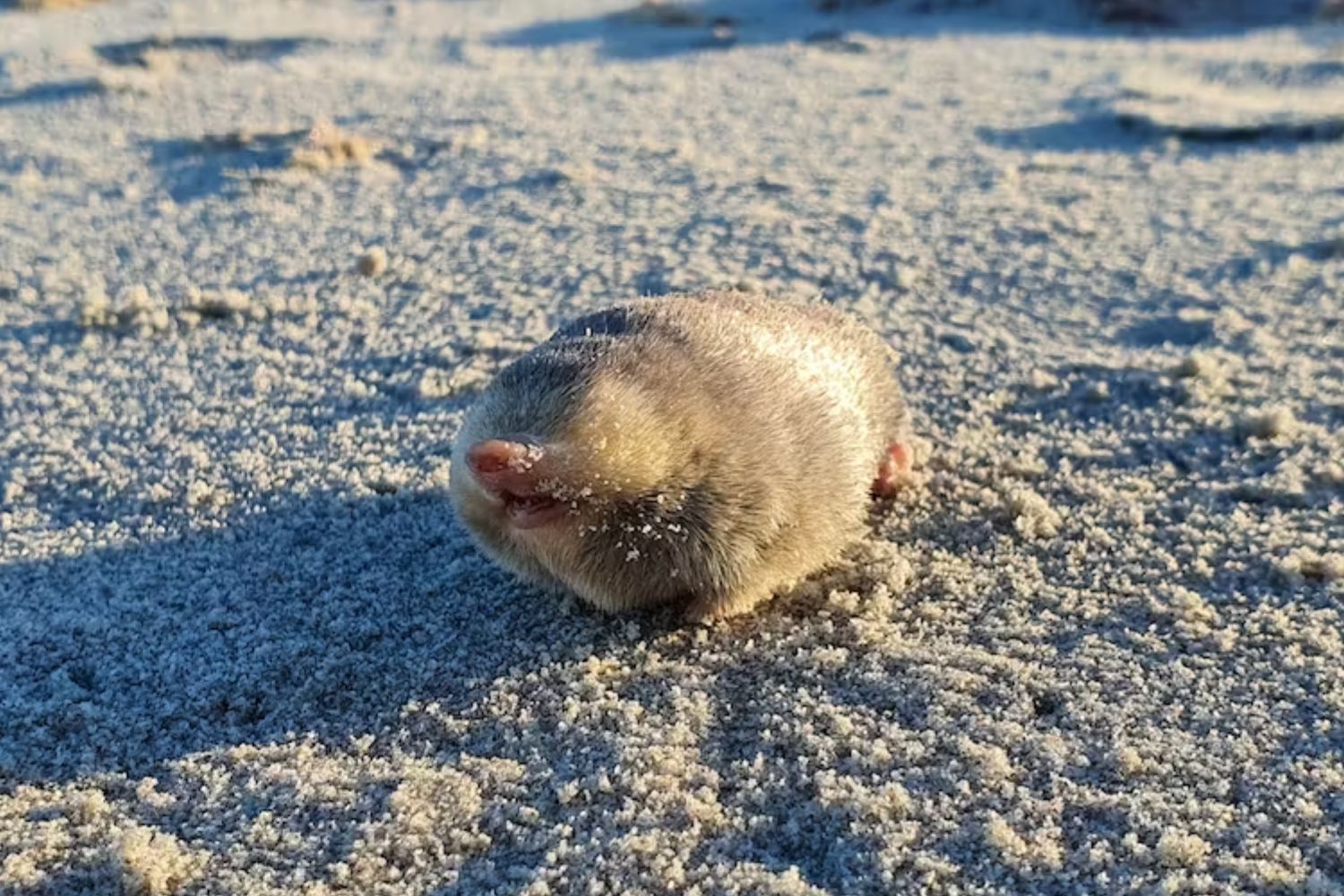Rio de Janeiro is renowned for its sun-drenched beaches and lively summer festivals which now boasts a winter spectacle of humpback whales. This new attraction promises to enchant tourists with the majestic presence of these marine mammals.
Rio de Janeiro, affectionately known as “Cidade Maravilhosa” or “Marvelous City,” is one of Brazil’s most iconic and vibrant destinations. Nestled between lush mountains and the Atlantic Ocean, Rio is renowned for its breathtaking landscapes, world-famous beaches, rich cultural heritage, and lively festivals. This dynamic city offers an array of attractions that cater to diverse interests, making it a must-visit location for travellers from around the globe.
Niteroi, Rio’s sister city across Guanabara Bay, has recently introduced a whale-watching program, providing tourists the unique opportunity to observe humpback whales up close. The program, launched by Niteroi’s tourism agency in collaboration with the conservation group Amigos da Jubarte. The two groups aim to combine tourism with scientific research and species protection.
Between June and November, approximately 25,000 humpback whales undertake a 2,500-mile migration from Antarctica’s feeding grounds to the warm waters of northeast Brazil to breed. While most of these whales congregate in the Abrolhos region, known for its rich marine biodiversity, the whale-watching tours in Niteroi offer a closer glimpse of their journey.
The whale-watching excursions commence from the Niteroi Yacht Club, with potential plans for additional boarding locations as the program grows. Each cruise typically spots an average of five whales, along with various species of dolphins, turtles, and seabirds. The success of these
is highly dependent on favourable wind and sea conditions.
Each trip lasts about six hours and costs 550 Brazilian reais (around $100) on weekdays and 600 reais on weekends. Adhering to federal environmental regulations, the tour vessels maintain a minimum distance of 100 meters (328 feet) from the whales and limit observation time to 30 minutes, reduced to 15 minutes if a calf is present. Luan Amaral, a 27-year-old researcher involved in the project, underscores the importance of these regulations for both the safety of the animals and the tourists.

This whale-watching initiative not only offers an extraordinary experience for tourists but also underscores the potential of tourism as a means of promoting conservation. As Niteroi’s whale-watching program develops, it promises to enhance the region’s appeal as a winter destination while fostering greater awareness and protection of marine life.
Beyond its beaches and urban attractions, Rio de Janeiro is blessed with natural beauty that beckons outdoor enthusiasts. Tijuca National Park, one of the largest urban forests in the world, offers hiking trails, waterfalls, and wildlife viewing. The park is home to the iconic Pedra da Gávea and Pico da Tijuca, providing challenging hikes and rewarding views. For a more leisurely experience, visitors can explore the tranquil gardens of Parque Lage or take a boat tour of the idyllic islands off the coast.
Whale-watching tourism not only provides economic benefits to coastal communities but also plays a crucial role in conservation efforts. Responsible whale-watching practices help raise awareness about the importance of protecting these majestic creatures and their habitats. Many tour operators collaborate with marine biologists and conservation organisations to ensure that their activities do not disturb the whales and contribute to ongoing research and conservation projects.
Winter whale watching is a mesmerising experience that connects tourists with the wonders of marine life. From the tropical waters of Brazil and Australia to the icy fjords of Norway and the rugged coasts of South Africa, this unique attraction spans numerous countries, offering diverse and unforgettable encounters with some of the ocean’s most majestic inhabitants. By promoting responsible and sustainable tourism practices, we can ensure that these magnificent creatures continue to inspire and awe future generations.
Amongst the most popular species for winter whale watching are humpback whales, gray whales, and southern right whales. These whales are known for their acrobatic breaches, tail slaps, and complex songs, making each sighting a thrilling experience.
Rio de Janeiro is a city that captivates the senses and leaves a lasting impression on all who visit. Its combination of stunning natural scenery, vibrant culture, and welcoming atmosphere makes it a premier tourist destination. Whether you’re lounging on its famous beaches, exploring its iconic landmarks, or immersing yourself in its lively festivals, Rio offers an unforgettable experience that embodies the spirit and beauty of Brazil.
Winter whale watching will attract audiences from numerous countries, promoting conservation and sustainable tourism. This new attraction enhances Rio’s appeal, combining natural beauty with cultural richness, and solidifying its status as a premier tourist destination, boosting the country’s tourism.
ALSO READ: Unveiling the layers of Hong Kong through a unique Lens













